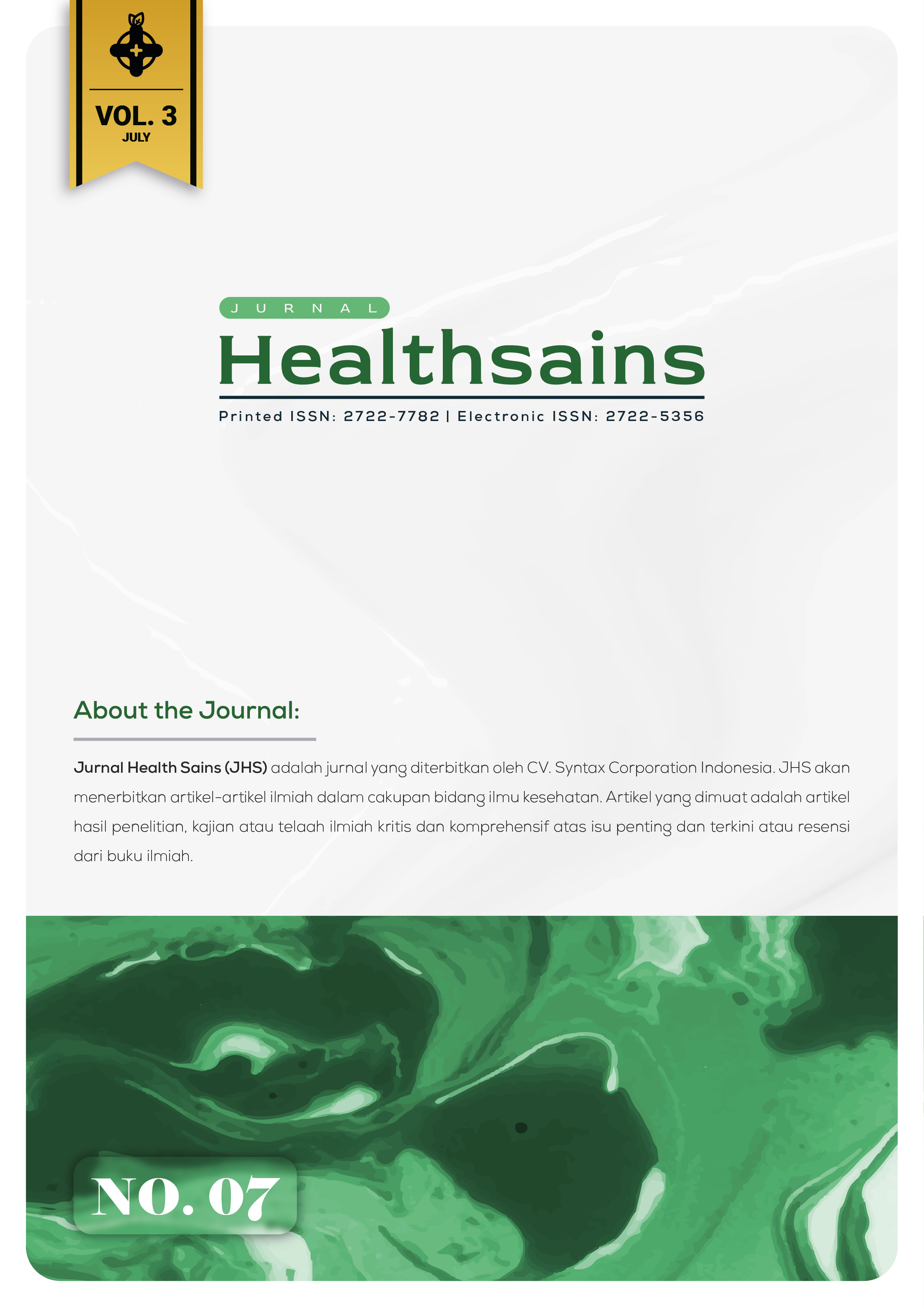Tantangan dan Perkembangan Vaksin HIV (Human Immunodeficiency Virus)
DOI:
https://doi.org/10.46799/jhs.v3i7.536Keywords:
HIV vaccine development;, mRNA-based dendritic cell vaccination;, ; induce broadly neutralizing antibodies (bnabs);, bg505 md39.3 mrna;, eod-gt8;, ihivarna-01.Abstract
Antiretroviral therapy (ART) is the first treatment for HIV/AIDS cases, it is known to improve the patient's quality of life, but cannot cure HIV infection. HIV is a virus that infects CD4+, this infection can cause cell death. Vaccines are an effort that can prevent infection, but until now an HIV vaccine has not been found, this systematic review was conducted to find out the challenges and developments of HIV vaccines to date, the challenge of developing an HIV vaccine is the ability to induce Broadly Neutralizing Antibodies (bNAbs). The protein subunit vaccine platform developed an Env trimeric mock design to be able to expose the bNAbs epitope, but from various designs it has not been proven successful, trimeric design methods and stabilization and purification strategies greatly affect the quality of Env protein. New strategies have emerged with more modern methods, mRNAs for enhancing expression and self-amplifying alphavirus-derived ones have shown potential in a preclinical assay of the GT-based 60mer eOD-GT8 vaccine to promote GC response and elicit somatic hypermutation, resulting in the VRC01 class bnAbs which are antibodies that most widely used for HIV-1 vaccine efficacy. In addition, targeting dendritic cells with mRNA transfection as a therapeutic therapy offers HIV-specific T cell responses, until now research on dendritic cell vaccines in HIV-1-infected patients is still in the process of optimizing for a stronger and longer-lasting immune response, establishing a control period. the length of viral replication along with eliminating the viral reservoir and factors preventing viral re-emergence, two of which are influential, namely the general condition of the patient (genetic factors and clinical status) and the vaccine product.
Published
Issue
Section
License
Copyright (c) 2022 Wil Hel Minah, Rahma Ziska, Mohamad Isronijaya

This work is licensed under a Creative Commons Attribution-ShareAlike 4.0 International License.
Authors who publish with this journal agree to the following terms:
- Authors retain copyright and grant the journal right of first publication with the work simultaneously licensed under aCreative Commons Attribution-ShareAlike 4.0 International (CC-BY-SA). that allows others to share the work with an acknowledgement of the work's authorship and initial publication in this journal.
- Authors are able to enter into separate, additional contractual arrangements for the non-exclusive distribution of the journal's published version of the work (e.g., post it to an institutional repository or publish it in a book), with an acknowledgement of its initial publication in this journal.
- Authors are permitted and encouraged to post their work online (e.g., in institutional repositories or on their website) prior to and during the submission process, as it can lead to productive exchanges, as well as earlier and greater citation of published work.






